Console de mixage Yamaha RIVAGE PM7

Perfecting the Art of Live Sound
Yamaha’s first professional live sound console, the PM200, was released more than 40 years ago. The PM series has provided fertile ground from which numerous sound reinforcement milestones have grown ever since. Many of those innovations have become benchmarks that professionals depend on to this day. The RIVAGE PM10 launched a new generation of PM consoles that have already become standards in large-scale live sound applications because of their unequalled sound, operation, functionality, reliability, expandability, and more. Now the RIVAGE PM7 digital mixing system expands the digital mixing options available for an even broader range of applications.
A RIVAGE PM7 system is based around the CSD-R7 Digital Mixing Console with built-in signal processing for mixing and effects. Other required components are one or more I/O racks for input and output, and a dedicated interface card for network connectivity. The RIVAGE PM7 system’s CSD-R7 Digital Mixing Console is the same size as the RIVAGE PM10 system CS-R10 Control Surface and has the same control layout. With built-in DSP it offers similarly high standards of operation and workflow efficiency in a relatively compact, portable system.
The Yamaha “PM brand” continues to bring true innovation to the developing live sound scene.

Sound
The RIVAGE PM Sound Is the Music Itself
The ideal starting point for creative audio engineering is transparent, uncolored sound. All Yamaha mixers are built on that philosophy, with the goal of allowing engineers to capture the on-stage sound accurately, without coloration, and then add creative touches as required. Yamaha’s unwavering adherence to this concept continues in the RIVAGE PM7.

Two I/O Rack Categories to Ideally Capture the On-stage Sound
Yamaha offers two types of high-performance I/O Rack units for RIVAGE PM7 input and output, each providing compatibility with a different audio network.
One is the TWINLANe network, using optical cable to simultaneously carry up to 400 audio channels. Combinations of the RPio622 and/or RPio222 I/O racks and HY256-TL or HY256-TL-SMF audio interface cards allow input via Hybrid Microphone Preamplifiers with analog input stages that take the Yamaha “natural sound” concept to new heights, as well as digital sections with immaculate VCM-technology models of Rupert Neve Designs transformer and SILK processing circuitry that offer outstanding musicality and atmosphere.
Then there’s the Dante audio network from Audinate, already standard in CL and QL series digital consoles as well as a range of other Yamaha pro audio products. Dante-equipped Rio3224-D2 and Rio1608-D2 I/O Racks and the HY144-D audio interface card can be combined to provide natural sound input at full RIVAGE PM series quality.
Cleanly and accurately captured on-stage sound provides a perfect foundation for creative processing.

Rupert Neve Quality for All Engineers (RPio622 & RPio222)
Fitted with RY-ML-SILK analog input cards the RPio622 and RPio222 I/O racks offer outstanding emulations of the transformer circuitry and SILK processing featured in microphone preamplifiers from Rupert Neve Designs, immaculately modeled using Yamaha VCM (Virtual Circuitry Modeling) technology.
Recording engineers value Rupert Neve microphone preamps for their appealing natural compression and saturation. SILK processing can take that seductive sonic foundation to new levels with added power and flair. Sounds that tend to get lost in the mix are given new life and luster with a lush analog-like core.
The SILK processing function provided in the RY16-ML-SILK audio interface card Hybrid Microphone Preamplifiers offers two variations: “RED” for sparkling energy, and “BLUE” for solidity and power. There’s also a continuously variable “TEXTURE” knob that musically shapes the harmonic components to best suit the source. The benefits of SILK processing are also evident in the way channel EQ and reverb plug-ins affect the sound.
The RIVAGE PM7 makes the coveted Rupert Neve preamplifier sound available to a wider range of engineers who can put it to creative use.

Dan Dugan Automatic Mixer Built In
Through in-depth collaboration with Dan Dugan Sound Design, renowned Dan Dugan automatic microphone mixing with its advanced algorithms is built into the RIVAGE PM series digital mixing systems. Setup is easy: just insert the processor into up to 64 channels for automatically optimized microphone gain distribution. Gain control is smooth and natural, as though experienced human operators were doing the mix. The system also effectively reduces feedback and comb filter issues. For speech applications, especially non-scripted situations, this allows the operator to concentrate on details other than fader operation for consistently high-quality mixes.
Operation
Smooth, Polished RIVAGE PM Operation
The mixing console is the engineer’s primary tool. Operability is crucial, particularly in today’s rapidly evolving live sound environment. That is why Yamaha digital live sound consoles are designed to deliver a unique blend of smooth analog-style operation ease with some of the most advanced digital technology and features available. The worldwide acceptance of Yamaha digital mixing consoles is a testament to their success, and the RIVAGE PM7 carries on the tradition. It has the same dimensions and panel layout as the highly acclaimed RIVAGE PM10, offering the same user experience.
With operation and features designed to comprehensively support today’s live sound scene, the RIVAGE PM series allows engineers to focus on the sound and enjoy the creative process.

The Complete Yamaha Selected Channel Interface
A key element of legendary Yamaha digital console operability is the Selected Channel concept, providing direct access to the parameters of any channel selected via a SEL key. The Selected Channel section of the RIVAGE PM7 inherits the full-featured configuration of the RIVAGE PM10, providing direct, fast access to all channel parameters. Encoders, buttons, and indicators in a comprehensive layout make maximum use of the available panel space for comfortable operation in any environment or mixing situation.

Touch Screen and Fader Strips Merge for Intuitive Control
The RIVAGE PM7 control surface features three groups of 12 faders to which channels can be assigned as required. The two leftmost fader groups work with large touch panel displays in the top panel, providing an enhanced version of the Centralogic operating environment. The channel strips extend vertically and virtually seamlessly into the touch panel displays, for lucid, logical control. The ability to manage channels in 12 channel groups provides versatility for just about any workflow.
A Monitor Section to Match Any Job
The monitoring needs of live sound reinforcement can vary considerably from job to job, so a flexible monitor system is essential. The RIVAGE PM7 system has two monitor/cue outputs with independently adjustable output level, and up to eight combinations of monitor sources can be stored for instant recall. The monitor section also offers dedicated delays, plus eight-band parametric EQ. An insert point prior to the EQ stage allows plug-ins to be used in the monitor section as well. The carefully planned and flexible features provided in the RIVAGE PM7 monitor section make it easy to adapt to any monitoring situation.

Convenience Is in the Details
The main encoders on the RIVAGE PM7 panel are surrounded by horseshoe shaped rings of indicators that show the current settings. The horseshoe ring shape is designed to provide optimum visibility when, for example, the encoders are viewed from below, which is often the case with the multifunction encoders at the top of the fader strips. The unique shape ensures that indicators near the 12 o’clock position are not hidden behind the encoder knob.
The fader knob shape, developed through years of designing and refining mixer interfaces, is another important feature. The fader knobs are contoured so that positive, comfortable control is possible no matter where your finger is placed on the knob. This is a feature that can only be truly appreciated through first-hand experience.
Overall, the console is designed with the touch panel displays and Selected Channel section on a prominently raised upper panel that offers optimum visibility from the engineer’s position as well as easy access to all controls. The stage and console are both within view at all times. The touch screens are also located within easy reach for effortless access.
Enhanced Functionality
Isolate, for Enhanced Scene Recall Versatility

A major benefit of modern digital consoles is scene memory. But different engineers can have widely varying mixing styles and views on how scene memory should be used, so it is a feature that must be implemented in the most flexible possible way.
The RIVAGE PM7 system provides a variety of ways to “filter” scene memory recall operations. Focus recall, a feature that is already familiar to Yamaha console users, makes it possible to specify the types of data to be recalled. Recall Safe works the other way, preventing specified types of data from being recalled. Now the “Isolate” filter makes it possible to specify entire channel modules, including EQ and dynamics libraries, etc., that will be protected from recall operations. This means that even if certain parameters of a channel are protected by Recall Safe, for example, you can instantly isolate and protect the entire channel from recall without altering the Recall Safe settings. This is a feature that will be of great value in situations where scene memory is used heavily.

Overlay Filter for Rapid Response to Sudden Changes
The Overlay filter is another new feature that can notably extend the usefulness of the scene memory. This filter can be “overlaid” on a current mix to apply offsets to the fader levels and mix/matrix send levels independently from scene recall. An example of how this might be useful is when an unplanned performer change occurs, requiring adjustments the level of the corresponding channel. Using the Overlay filter it becomes possible to make a temporary, relative level change to that channel and then instantly revert to the original level. The Overlay filter will prove its value in situations that require sudden changes plus the ability to easily revert to the original settings.

Broadcast Features
The RIVAGE PM7 supports 5.1 channel surround panning and monitoring for broadcast applications, and has two surround buses for efficient international feed production. A broadcast Mix Minus function is provided too, allowing a specified source to be removed from a specified remote feed with just a few steps.
Two Convenient Approaches to Live Recording
Professional quality live recording capability is becoming an essential feature in live sound consoles. In addition to convenient 2-track recording to a USB flash drive, the RIVAGE PM7 supports multitrack recording via a Dante audio network to meet the widest possible range of serious recording requirements.
The 2-track USB flash drive recorder function directly records the output of the STEREO or MIX bus to the flash drive. Background music or sound effects recorded on the flash drive can also be assigned to any input channel for playback. Sample rate conversion is provided for both input and output, so the recorder function can be used without having to think about the system sampling rate. Data can be recorded to or played back from WAV or MP3 files, as required.
Multitrack recordings can be made to a computer based DAW via a Dante audio network. High-resolution recording of up to 128 channels (input and output) at 96 kHz is possible if the computer is equipped with a Dante Accelerator PCIe card. With Dante Virtual Soundcard the maximum in/out track count is 64.
Multitrack recordings of rehearsals made in this way can be used for “virtual sound checks” when the performers aren’t available. Input patching for all required channels can be switched in one operation for both recording and virtual sound checks. Recorder playback and stage input can even be smoothly combined when needed.
EQ/Comp Designed by Rupert Neve, Eventide Ultra Harmonizer, and more
Processing quality has always been a major strength of Yamaha digital consoles. The RIVAGE PM7 offers a comprehensive selection of 48 plug-ins, including models of in-demand classics. Ample processing power allows up to 192 instances of complex plug-ins such as the Portico 5033 or Portico 5043 to be used simultaneously. RIVAGE PM series plugins are carefully chosen, practical effects that can be invaluable for creative processing in real-world live sound applications.
Rupert EQ 773

Rupert EQ 773 is a processor that emulates the equalizer section built into numerous classic consoles developed by Rupert Neve during the 1960s and 1970s. It accurately models a peerless EQ that is loved by engineers around the world and has been used on numerous historic recordings. With a distinctive EQ curve and rich overtones, this unit is notable for the way in which slight adjustments in the gain can produce vivid changes in the sound’s expressiveness and sense of airiness. Even large EQ boosts do not fatigue the ear, but still allow the musical component of the source to be emphasized.
Rupert Comp 754

Rupert Comp 754 emulates another compressor/limiter section built into a range of classic consoles developed by Rupert Neve during the 1960s and 1970s. This model lies at the root of the bus compressors used as standard items in studios and broadcast stations, and is noted for its smooth, natural compression that does not dilute the expressive power of the source.
Rupert Comp 830

Rupert Comp 830 faithfully emulates the compressor section built into advanced recording consoles developed by Rupert Neve during the 1980s. In addition to providing a broad range of Attack and Release control, this compressor provides an EQ and filter on the sidechain, giving you an extremely broad range of tone-shaping possibilities so that you can create nearly any sound you can imagine.
Rupert EQ 810

Rupert EQ 810 is an emulation of the equalizer section built into the most revered recording consoles developed by Rupert Neve during the 1980s. A notable aspect of this EQ is that whether it is used to boost or to cut, the tonal changes it produces are effective and easy to understand. In contrast to the dramatic sound of Rupert EQ 773, Rupert EQ 810 makes it easy to produce refined, detailed, smooth tonal changes, while also giving you a broad range of control. This all-around EQ lets you create any sound you need.
Portico 5033
Portico 5033 is a digital emulation of a 5-band analog EQ made by Rupert Neve Designs. Portico 5033 EQ inherits features from the 1073, originally designed by Rupert Neve and now regarded as a classic, and provides distinctive tone control characteristics. The input/output transformers, designed by Rupert Neve himself, are also modeled using VCM technology, giving this model a highly musical sound even when bypassed.
Portico 5043

The Portico 5043 processor emulates an analog compressor made by Rupert Neve Designs, designed as a “partner” to the Portico 5033 EQ. Its greatest feature is switchable gain reduction type. You can switch between the FF (Feed-Forward) circuit gain reduction that is currently mainstream and the FB (Feed-Back) circuit used on vintage compressors, providing easy access to differing sound characters as needed.
Portico 5045

The easy-operation Rupert Neve Designs Portico 5045 effectively suppresses background noise at microphone inputs for enhanced clarity while significantly increasing the feedback margin, making it a valuable tool for live sound in houses of worship, stadiums, halls, and other environments where feedback can be problem.
H3000 Live
The Eventide H3000 Ultra-Harmonizer features outstanding effect quality that has made it an enduring favorite of engineers and musicians everywhere. H3000 Live offers that same performance optimized for live-sound applications. This powerful processor provides pitch shift, delay, reverb, modulation, filter, and other modules that can be combined as required with an advanced algorithm that delivers remarkably organic overall sound. Carefully crafted presets make it is easy to achieve intricate, sonorous effects, adding rich harmonization or chorus to vocals, creating big guitar sounds with lush harmonics, or providing top-quality delay and reverb.
Dynamic EQ

Dynamic EQ provides a filter through which the same frequency band as the EQ is fed to a sidechain, varying EQ gain dynamically in response to input signal level changes. The effect is similar to applying a compressor or expander to a specific frequency band. For example, Dynamic EQ can be used as a vocal de-esser, applying EQ only to the sibilance frequency band when sibilance becomes obtrusive, for a natural sound that does not degrade the character of the source.
Dynamic EQ4

Dynamic EQ4 is a 2-band dynamic equalizer that has been expanded to include 4 bands. The extra bands provide broader sound shaping capability, and a KEY IN source selection function enables a variety of new applications. For example, if Dynamic EQ is applied to guitar and the vocal microphone is selected as the KEY IN source, the guitar midrange can automatically be dipped a little whenever the vocals come in, to give the vocals more space and make them stand out.
EQ-1A
EQ-1A emulates a vintage passive EQ that is considered to be a true classic. It features a distinctive operating style, with controllable boost and attenuation for selectable low and high frequency regions. The frequency response is unlike typical equalizers, giving this model a unique and appealing sonic signature. The input/output circuitry and vacuum tubes also contribute to musical, well-balanced character.
Equalizer601

Equalizer601 emulates the characteristics of an analog equalizer of the 1970s. It can create a sense of drive by reproducing distinctive analog circuit distortion.
OPENDECK

OPENDECK emulates the tape compression created by two open reel tape recorder types (a recording deck and a reproduction deck). You can customize the sound quality by adjusting parameters such as deck type, tape quality, playback speed, and more.
U76

U76 is a processor that emulates a standard vintage compressor used in a wide variety of situations. Rather than providing a typical threshold parameter, the compressor’s effect is determined by adjusting the balance between the input gain and output gain. Setting the RATIO parameter to “All mode” produces an extremely powerful compression sound that is a well-known characteristic of this model. Rich overtones produce an aggressive tonal character.
Comp276

Comp276 emulates the characteristics of a sought-after analog compressor commonly used in recording studios. It produces a thick, solid sound that is suitable for drums or bass.
Opt-2A

Opt-2A emulates an acclaimed vacuum tube optical compressor. Level is controlled using optical components, a CdS cell and EL panel, to produce smooth, organic-sounding compression. The beautiful high-frequency overtones and warm distortion created by the vacuum tube circuit result in an elegant, sophisticated sound.
MBC4

This high-quality four-band compressor utilizes VCM technology and features a GUI that offers outstanding operability and visibility. All advantages of the musical behavior of analog compressors have been built into the gain reduction circuitry of the MBC4, allowing smooth control of dynamics while retaining the overall image of the original sound. The sound image can also be visually manipulated via a graphical display.
Buss Comp 369

Buss Comp 369 emulates a standard bus compressor that has been used in recording studios and broadcasting stations since the 1980s. It produces smooth, natural compression that does not interfere with source signal nuances, in contrast with the aggressive compression of the U76. Buss Comp 369 includes a compressor and a limiter that you can use individually or in combination. The rich overtones generated by the audio input and output transformers and discrete class-A circuitry are modeled too, adding depth and unity to the sound.
REV-X

REV-X is a reverb algorithm that provides high-density, richly reverberant sound quality, with smooth decay as well as dispersion and depth that work together to enhance the original sound. You can choose one of three programs to suit the environment and your creative intent: REV-X Hall, REV-X Room, and REV-X Plate.
Analog Delay

This delay effect is based on the Yamaha E1010 analog delay released in the 1970s, with a few refinements to bring it up to date for modern applications. It delivers the same deep, organic echo sound that was a characteristic of the BBD analog delay devices used in the original E1010. Modulation can be added for a thick chorus sound. And, taking versatility to the next level, it is possible to select BBD sounds that were not available in the original E1010 so you have characters ranging from clear and precise to warm.
Dual Phaser

Dual Phaser reproduces a vintage phaser effect unit that was manufactured during the 1970s. Two phasers, two LFOs, and four selectable modes provide a wide range of effect variation.
Max100

Max100 reproduces a classic phaser effect that appeared in the second half of the 1970s and continues to be popular today. With just four modes and a speed knob, it produces a variety of distinctive phase sounds.
Vintage Phaser

Vintage Phaser provides a high degree of sound-shaping flexibility without being a simulation of any specific model. With 4/6/8/10/12/16 stages and two different modes, it can function as a variety of phaser types. Vintage Phaser provides speed, center frequency, depth, feedback, and color settings for detailed effect control.
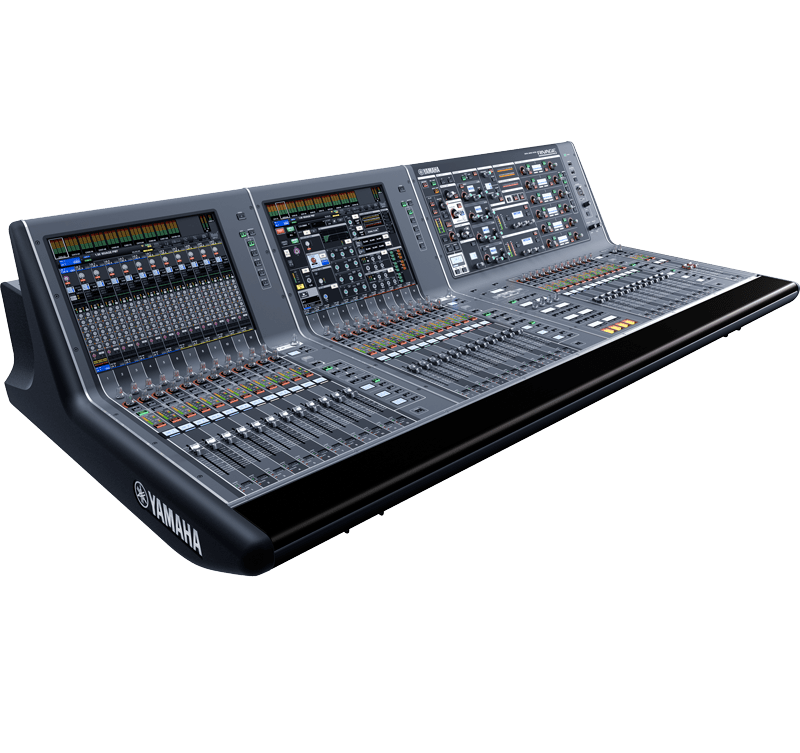


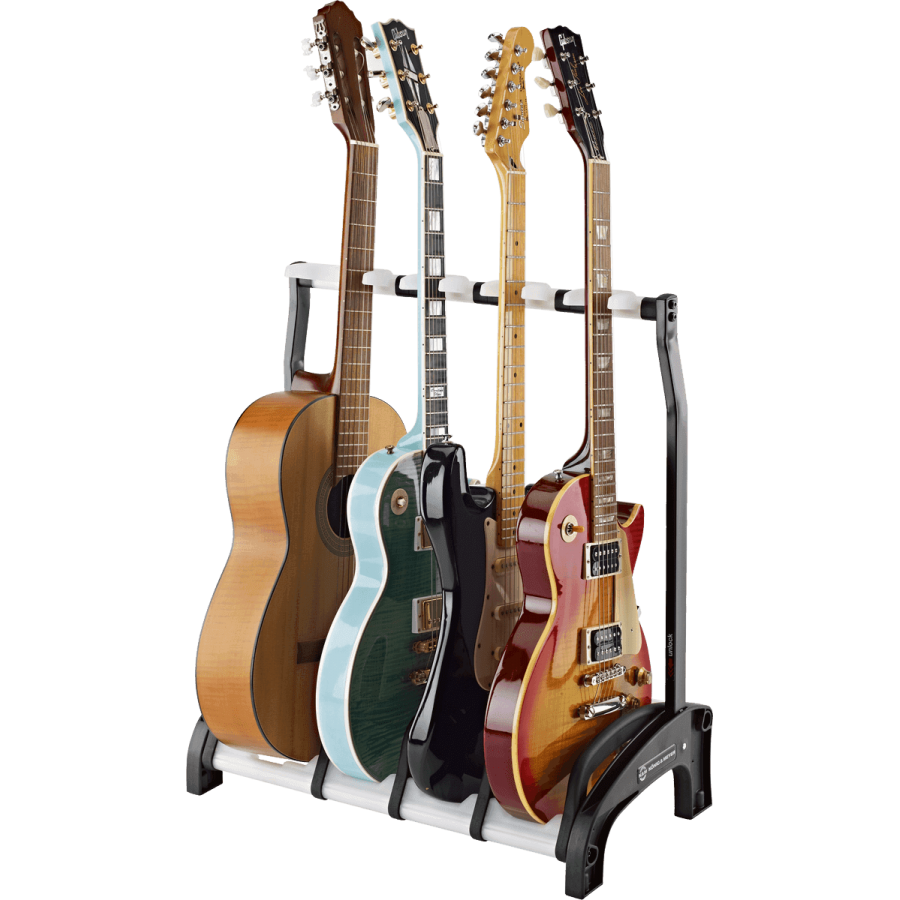
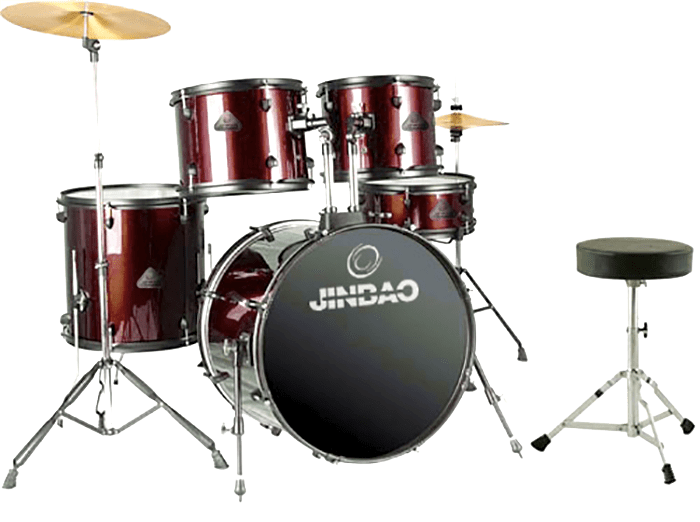






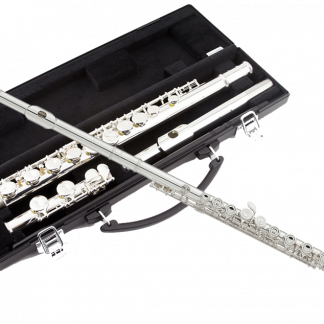
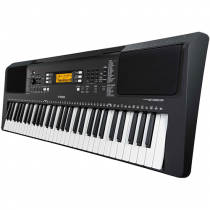
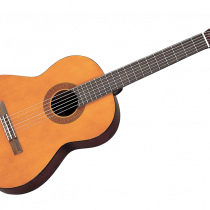
Avis
Il n’y a pas encore d’avis.